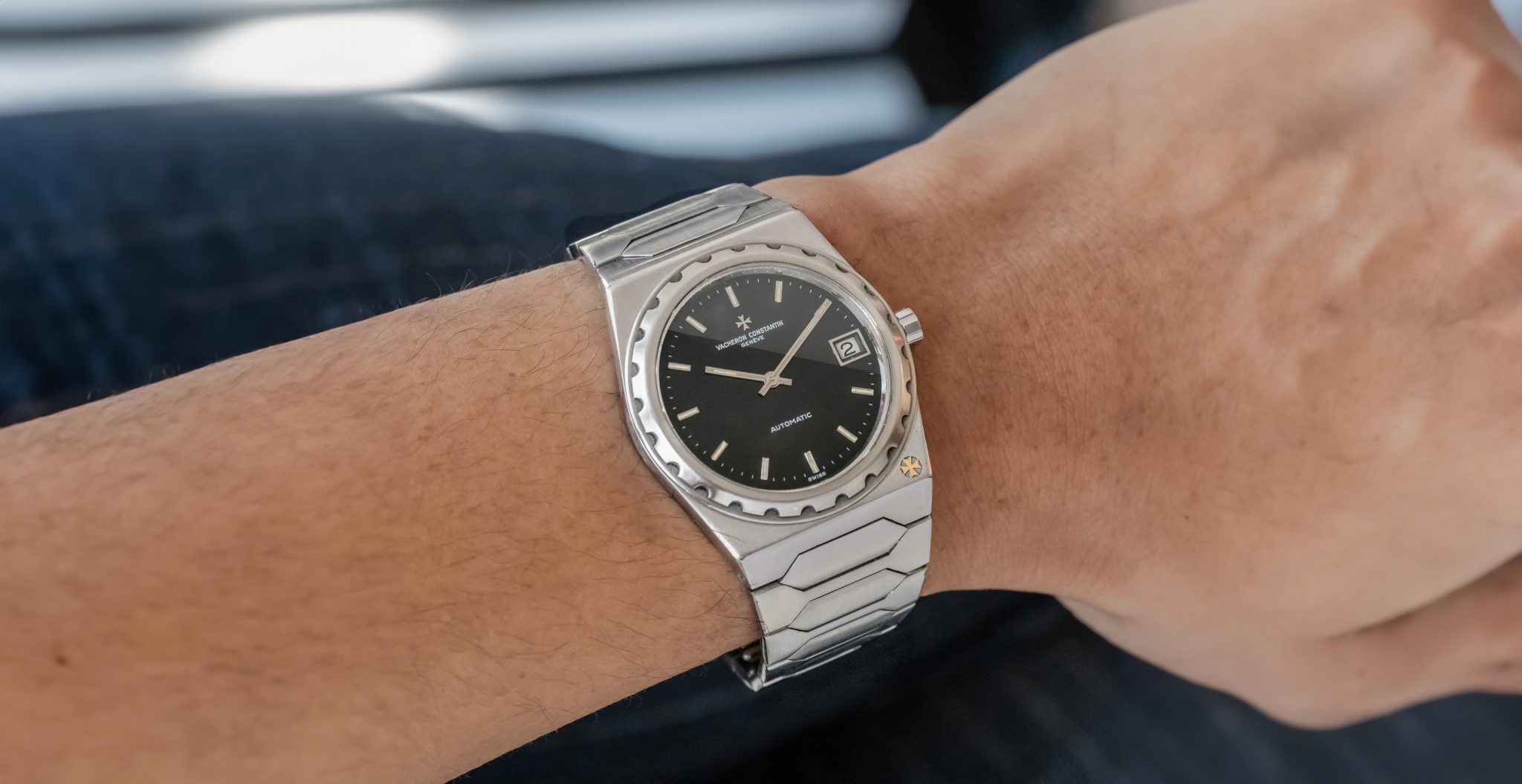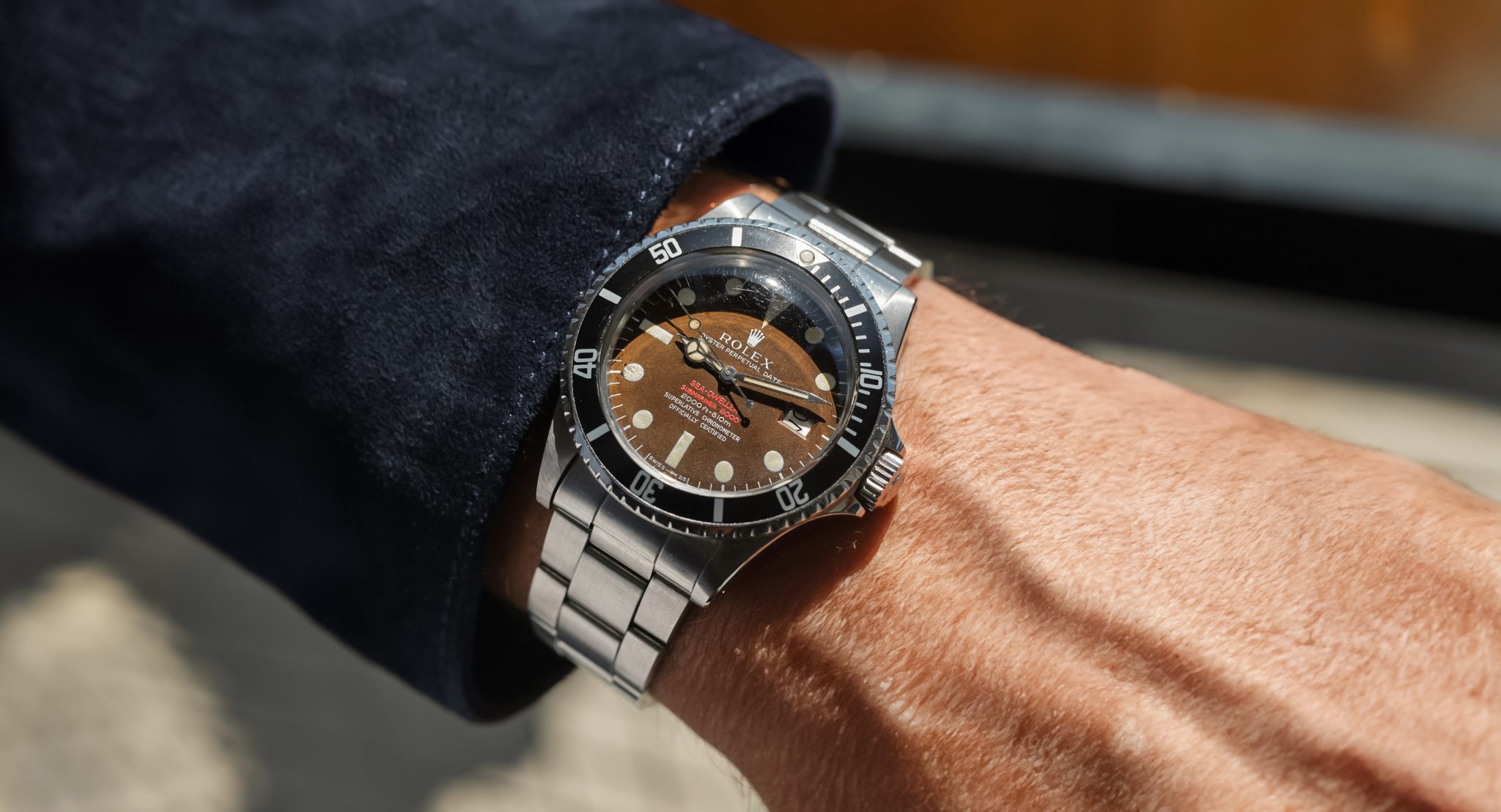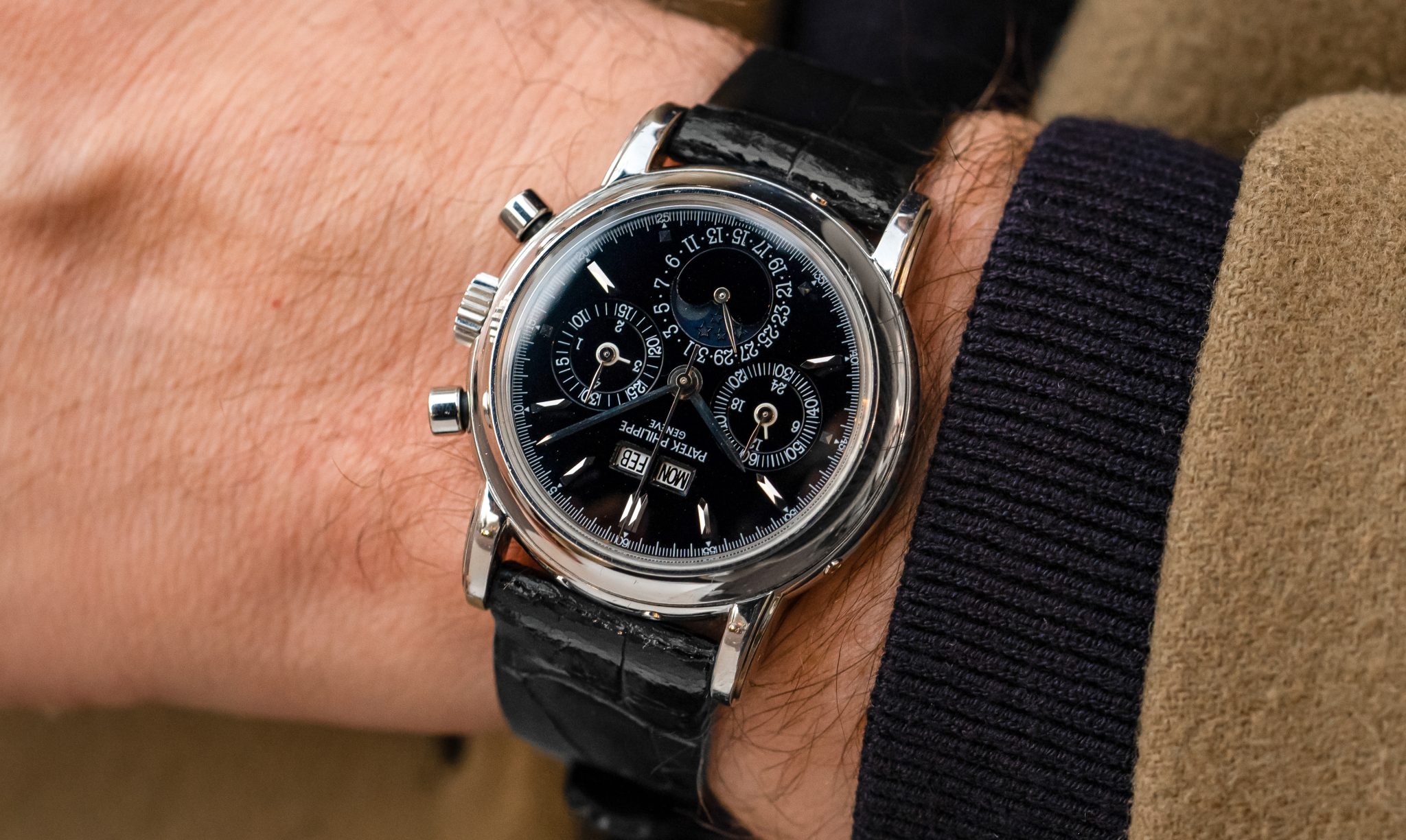
Fourth Series Patek Philippe 3970EP
If an alien was beamed down to Earth, or Mark Zuckerberg asked you (which amounts to the same thing, really), you’d have a hard time explaining why the 2499 is a million (and up) dollar watch in USD while this 3970 is a ‘mere’ 150-250K-ish watch, broadly speaking. But, show the Zuckerberg-alien a 5970 and 1518 side-by-side and, unless they have the IQ of Logan Paul, they’ll say these watches were made by different manufactures. In many ways, they were. The 3970 is Goldilocks. It still has a healthy punch of that vintage magic about its countenance and is unquestionably the clearest through-line to complicated Patek Philippe ‘golden era’ as far as I’m concerned. At least for references that don’t cost roughly the Seychelles GDP.
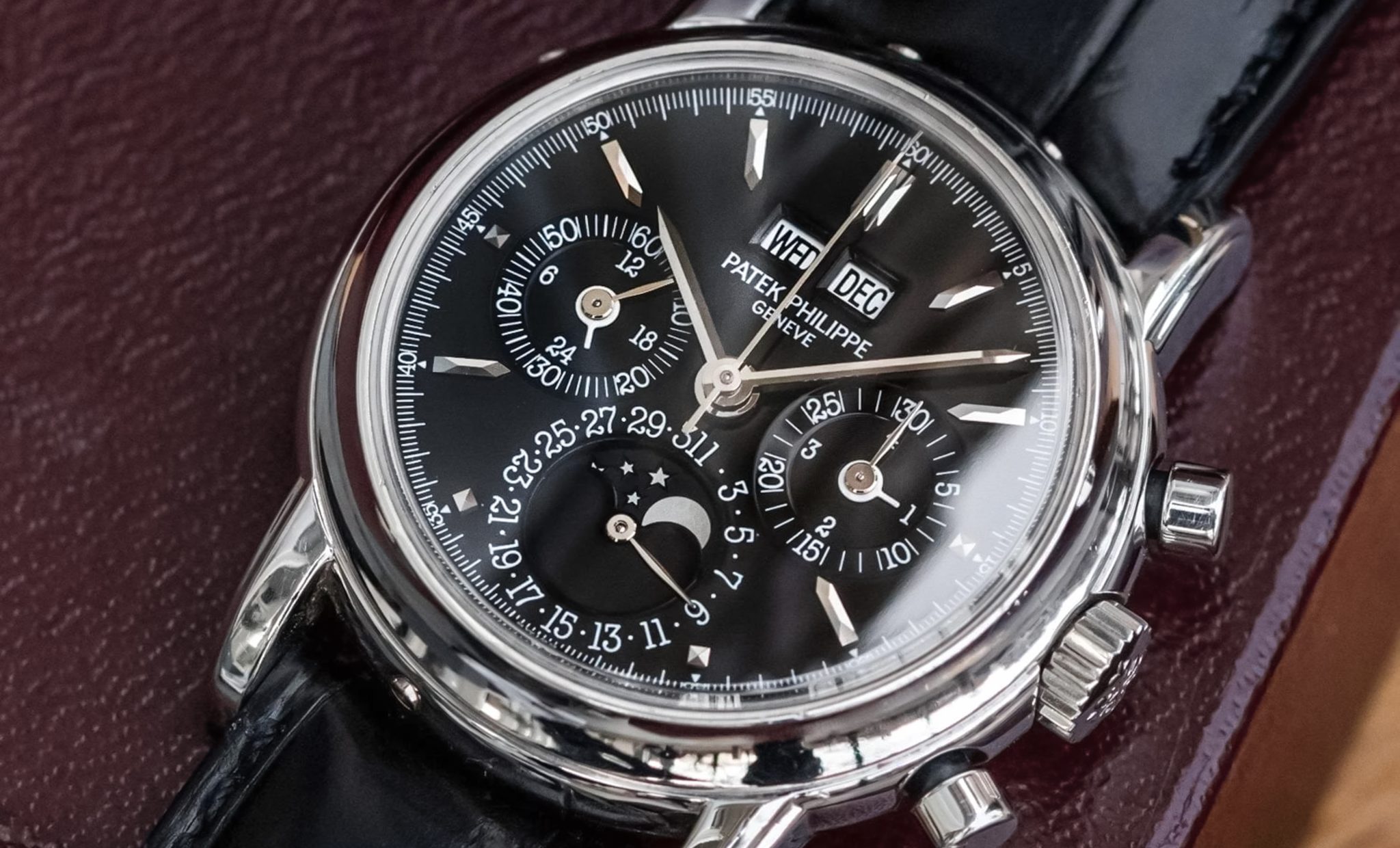
Patek Philippe invented the perpetual calendar chronograph in the 1518 and really owns that complication to this date. They didn’t invent complication as luxury, but they certainly popularized it. Taking over the throne from the 2499 as Patek’s lauded perpetual calendar chrono was never going to be an easy task. Collectors adored the 2499 for its rarity (349 examples), complication, and classic aesthetic. In some sense, it the 3970 was always destined to endure a lull if not outright failure. And a lull it hit, as in 1986 many collectors simply did not care and retailers could not shift them. The 3970 was a marker of Patek’s modern era, a line in the sand for greater production and modern manufacturing techniques. Watch people are, for better or worse, often romantics. Many simply did not want this time to come. Yet, for its then-unpopularity, the 3970 is a landmark reference for Patek in all respects. While not easy to buy, they aren’t rare technically. The best rough estimate we have is 2500-3500 examples.
The 36mm case (beautifully proportioned, particularly by contrast to the latter 5970’s 40mm) was perfectly judged with stepped lugs and Calatrava cross crown. Moreover, it utilized a Lemania ébauche (2320 specifically) instead of Valjoux for the first time, dressed to the 9s and wearing a Geneva Seal. The Patek Philippe Seal doesn’t even come close. Perhaps most importantly, the tachymetre seen on earlier models was removed, allowing for a far cleaner dial impression. This fourth series is distinguished by its pointed baton hands, pointed markers, and sapphire screwback. Earlier series are fewer in number and generally more collected, latter 3rd and 4th series are probably the strongest value today. This gorgeous example is ever-so slightly rarer than your standard fourth series for its platinum case and black dial combination, about as subdued (also expensive, on a relative basis) as a perpetual calendar chronograph from Patek is ever going to get. It’s an inarguably exceptional watch in almost every metric, even value.
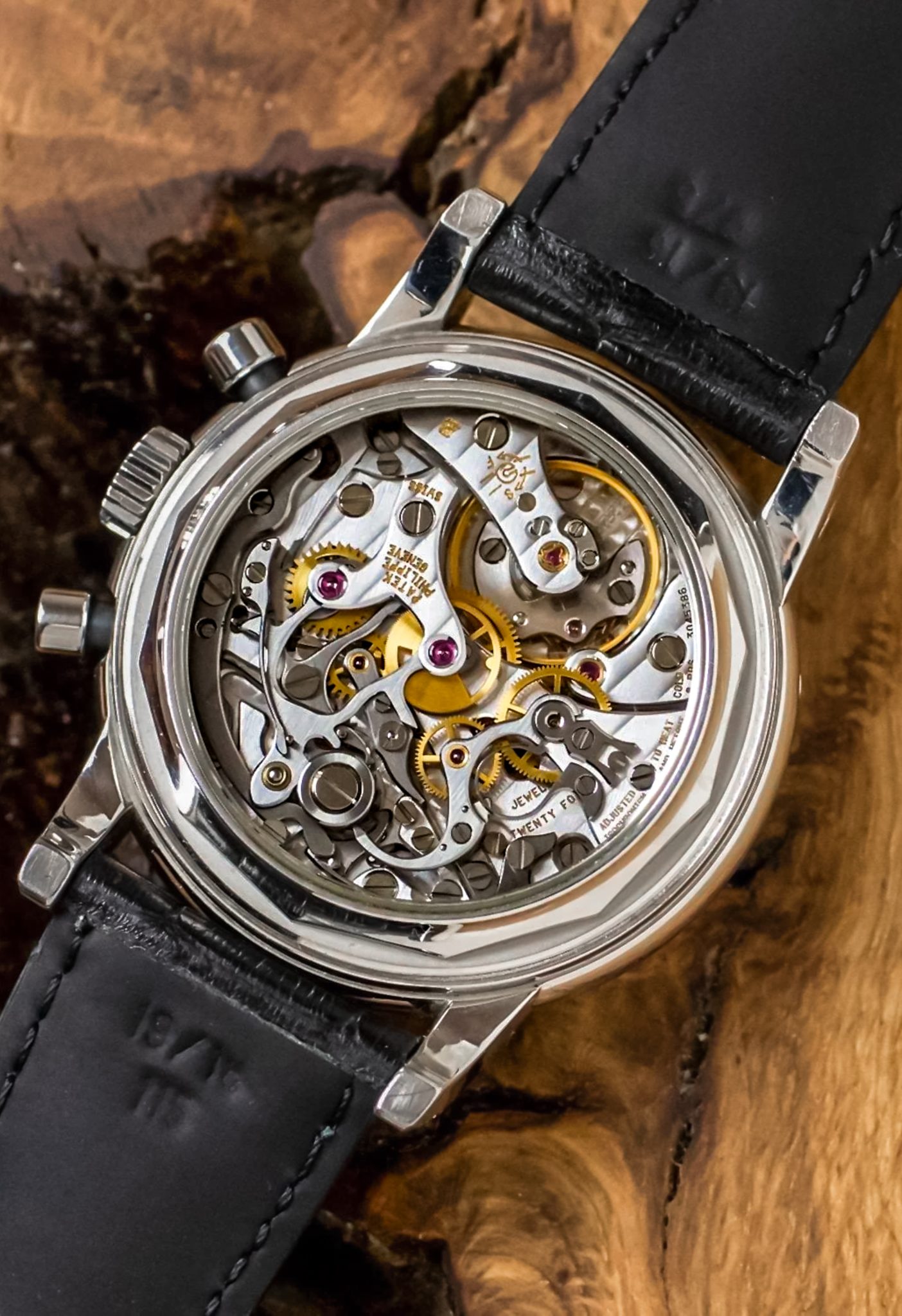
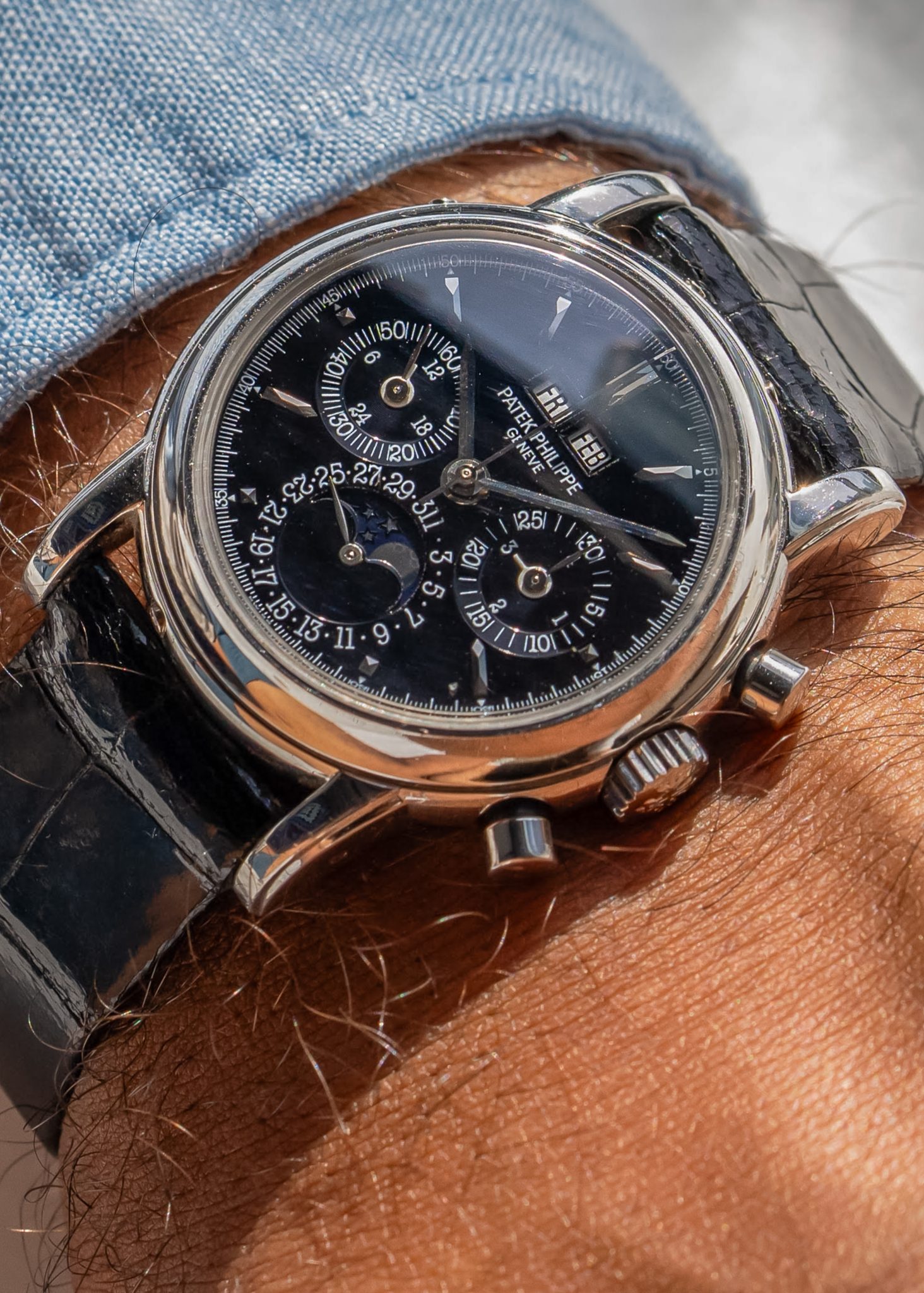
This example is a latter EP, with pointed hands and a sapphire screwback. This example comes with the buckle, an extract, and manufacture dating to 1999. AVW noted this in the description and I just find it hilariously excellent as an Easter Egg, this watch (a perpetual calendar with leap year indication) was sold on leap day in 2000. The case looks great, some light surface wear but very strong lugs. It comes from a well-regarded Dutch retailer.







